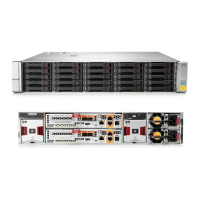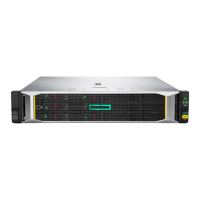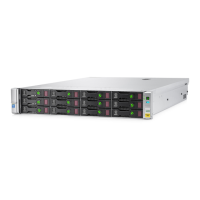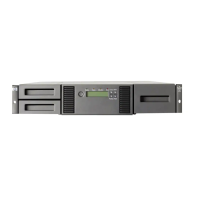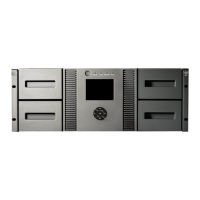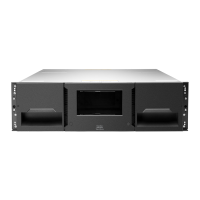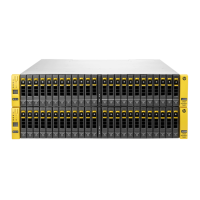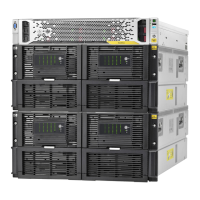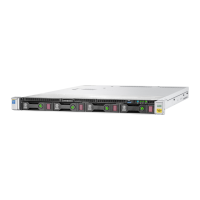16
Technical white paper | HP StoreVirtual 4000 Storage
Host conguration
The server is typically congured in one of three ways to communicate to iSCSI targets presented by HP StoreVirtual
4000 Storage over the network. The three initiator congurations are:
1. iSCSI Software Initiator with a standard network adapter
2. iSCSI Software Initiator combined with an accelerated network adapter
(often referred to as a TCP/IP ooad engine [TOE])
3. Hardware iSCSI host bus adapters
From a server perspective, network adapters which are used by iSCSI Software Initiators show up as network adapters
and iSCSI HBAs are handled as storage controllers. In either case, HP recommends:
• Two NICs or two iSCSI HBAs installed per server, dedicated to iSCSI storage trac
• Plus additional NICs for other trac types (server cluster network, virtual machine networks, etc.)
• Disable any service or protocol which is not actively used on network adapters dedicated to iSCSI trac (e.g. le and
print sharing protocols)
For iSCSI HBAs, use HP Single Point of Connectivity Knowledge (SPOCK) website to obtain detailed information about
supported HP server and storage product congurations. URL for SPOCK website: hp.com/storage/spock.
For third-party servers, HP does not recommend any particular 10GbE adapter.
Jumbo frames
Like the other components on the network segment, hosts need to be congured with the same MTU size as storage
systems and network switches. When using jumbo frames, make sure that all network adapters used for iSCSI are
properly congured.
Best practices
• For VMware vSphere hosts—set to the same MTU value on Virtual Switches (i.e., vNetwork Standard Switch, vNetwork
Distributed Switch), VMkernel ports, physical network adapters, and virtual NICs of the guest operating system.
• For Microsoft® Windows® Server hosts—enable jumbo frames on network adapters to take advantage of larger MTU
frame sizes. The process of enabling jumbo frames varies based on network adapter and driver. To set jumbo frames in
Windows go to the device manager, select the network interface, then go to the advanced tab, select the jumbo frame
setting and then set the correct MTU size. If virtual machines on Hyper-V should also use jumbo frames for iSCSI, the
virtual switch(es) and network adapter of the virtual machines need to be congured for jumbo frames too.
Flow control
Ideally, ow control on hosts is congured to auto-negotiate the ow control settings with the switch ports (like storage
nodes). If ow control auto-negotiation is not available, enable ow control for sending and receiving.
Best practices
• Hardware-based ow control is recommended on all server network interfaces.
• VMware vSphere hosts have ow control enabled by default; the physical adapters (vmnics) are set to auto negotiate.
• For Microsoft Windows Server hosts, enable ow control on all server network adapters attached to iSCSI segments.
Flow control is enabled by selecting the appropriate network adapter and then by selecting the “Advance Tab.” HP
recommends setting ow control settings to Rx/Tx enabled; this enables network adapters to generate and respond to
ow control frames. Make certain all server network adapters attached to iSCSI segments are congured the same; with
ow control enabled.

